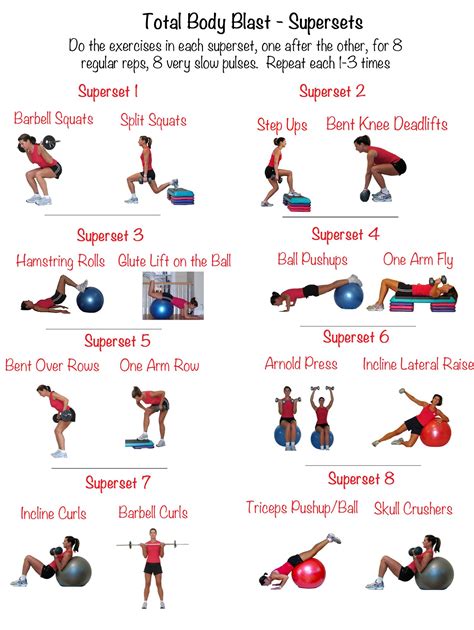How can I strategically break strength plateaus for continuous muscle and performance gains?

Overcoming the Stagnation: Breaking Strength Plateaus
Hitting a strength plateau is an almost inevitable part of any serious fitness journey. That initial surge of progress eventually slows, leaving many feeling frustrated and questioning their methods. However, a plateau isn’t a dead end; it’s a signal that your body has adapted, and it’s time to adapt your strategy. By understanding the underlying reasons for stagnation and implementing targeted interventions, you can reignite your progress and achieve continuous muscle and performance gains.
Understanding the Plateau Phenomenon
A strength plateau signifies that your body has become accustomed to the demands you’re placing on it. The progressive overload that once stimulated growth is no longer sufficient to trigger further adaptation. This can stem from various factors, including insufficient recovery, inadequate nutrition, overtraining, or simply a lack of novelty in your training stimulus. Your body is incredibly efficient at adapting, and once it has, it needs a new challenge to be forced into further growth.
Strategic Training Modifications to Reignite Progress
One of the most powerful tools against stagnation is periodization – systematically varying your training program over time. This could involve cycling through phases of high volume/moderate intensity, low volume/high intensity, or focusing on different rep ranges (e.g., strength, hypertrophy, endurance). Regularly changing exercises, even slightly (e.g., dumbbell press instead of barbell, or a different grip), can also provide a fresh stimulus that prevents your body from fully adapting.

Master Progressive Overload in All Its Forms
While adding weight to the bar is the most common form of progressive overload, it’s not the only one. When weight increases stall, consider other metrics: increasing reps with the same weight, performing more sets, decreasing rest times between sets, improving exercise form for better muscle activation, or increasing training frequency (within recovery limits). Each of these methods places a new demand on your muscles, forcing them to adapt and grow stronger.
Implement Deload Weeks Strategically
Often overlooked, a deload week can be a game-changer. By temporarily reducing volume and/or intensity, you allow your central nervous system and muscular system to fully recover, repair, and supercompensate. This prepares your body for a new wave of intense training, often leading to breakthroughs when you return to heavier lifts feeling refreshed and stronger.

Optimize Nutrition and Recovery for Sustained Gains
Fuel Your Body Appropriately
Consistent muscle and strength gains require adequate fuel. If you’re in a caloric deficit, your body will struggle to build new muscle or recover optimally. Ensure you’re consuming enough calories, particularly protein (1.6-2.2g per kg body weight), healthy fats, and complex carbohydrates to support intense training and recovery. Timing your nutrient intake, especially around workouts, can also play a role in optimizing recovery and performance.
Prioritize Sleep and Stress Management
Recovery doesn’t just happen in the gym. Quality sleep (7-9 hours per night) is crucial for hormone regulation, muscle repair, and central nervous system recovery. During deep sleep, growth hormone is released, aiding muscle tissue repair. Chronic stress, whether physical or mental, can elevate cortisol levels, hindering recovery and muscle growth. Incorporate stress-reducing activities, like meditation or light stretching, into your routine.

Advanced Techniques and Mindset Shifts
Explore Advanced Training Methods
Once foundational principles are solid, advanced techniques can provide an extra push to break through stubborn plateaus. Consider incorporating drop sets, supersets, rest-pause sets, or tempo training to increase metabolic stress and time under tension. These should be used sparingly and strategically, as they are very demanding on the body and require careful integration to avoid overtraining.

The Power of Data Tracking and Self-Assessment
You can’t manage what you don’t measure. Meticulously logging your workouts – weight, reps, sets, rest times, and even perceived exertion – provides invaluable data. This allows you to objectively assess your progress, identify patterns where you excel or struggle, and make informed adjustments to your program. Regularly reviewing your log helps in making data-driven decisions rather than relying on guesswork.

Conclusion
Breaking strength plateaus is less about brute force and more about intelligent, adaptive strategy. By understanding the ‘why’ behind the stagnation and implementing systematic changes in your training, nutrition, and recovery, you can consistently challenge your body, unlock new levels of strength, and achieve continuous muscle and performance gains. Patience, consistency, and a willingness to evolve your approach are your greatest allies on the path to sustained progress.





